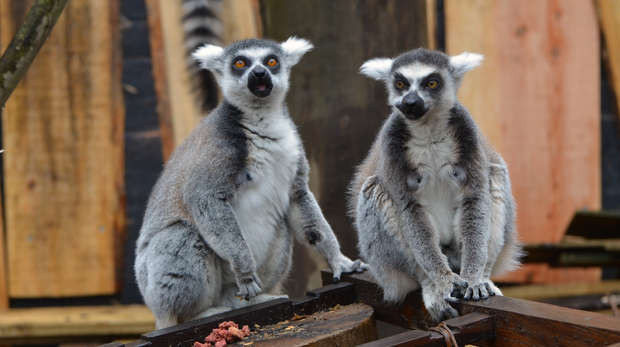Lemurs can tell closely related species apart just by looking at photographs

KEY POINTS
- Females are particularly good at noticing differences between kin.
- Scientists say this is to cut down on costly inter-breeding between species.
Lemurs are able to recognise members of their own species in photographs, new research has revealed.
A study conducted by the German Primate Centre in Gottigen, Germany, discovered red-fronted lemurs spent significantly more time studying members of their own species when looking at photographs.
The study's lead author, Dr Hanitriniaina Rakotonirina, said the animals were able to detect subtle differences barely visible to humans.
She said: "We were surprised to find that the animals appear to be able to differentiate among closely related sister species. For example, males of the rufous brown lemur and the red-fronted lemur [species] are difficult to distinguish by the human eye. However, we found that lemurs seem to be able to do it."
Researchers visited the Kirindy forest of western Madagascar to conduct their work and presented wild lemurs with headshots at "face height". They were shown only one at a time and waited two days before repeating the task.
Female lemurs were particularly adept at picking out their own species, spending more time sniffing and looking at the photos. Researchers suggest that this is to eliminate "costly" interbreeding with other species, which would result in hybrid species.
"The fact that they not only looked at the pictures but also showed sniffing behaviour suggests that they use two different sensory modalities, smell and sight, at the same time to differentiate between individuals of their own species from other Eulemur species. Hence, cross-modal recognition appears to play an important role for species recognition; an interesting subject to study in the future."
Rakotonirina added that "cross-modal recognition appears to play an important role for species recognition; an interesting subject to study in the future."






















